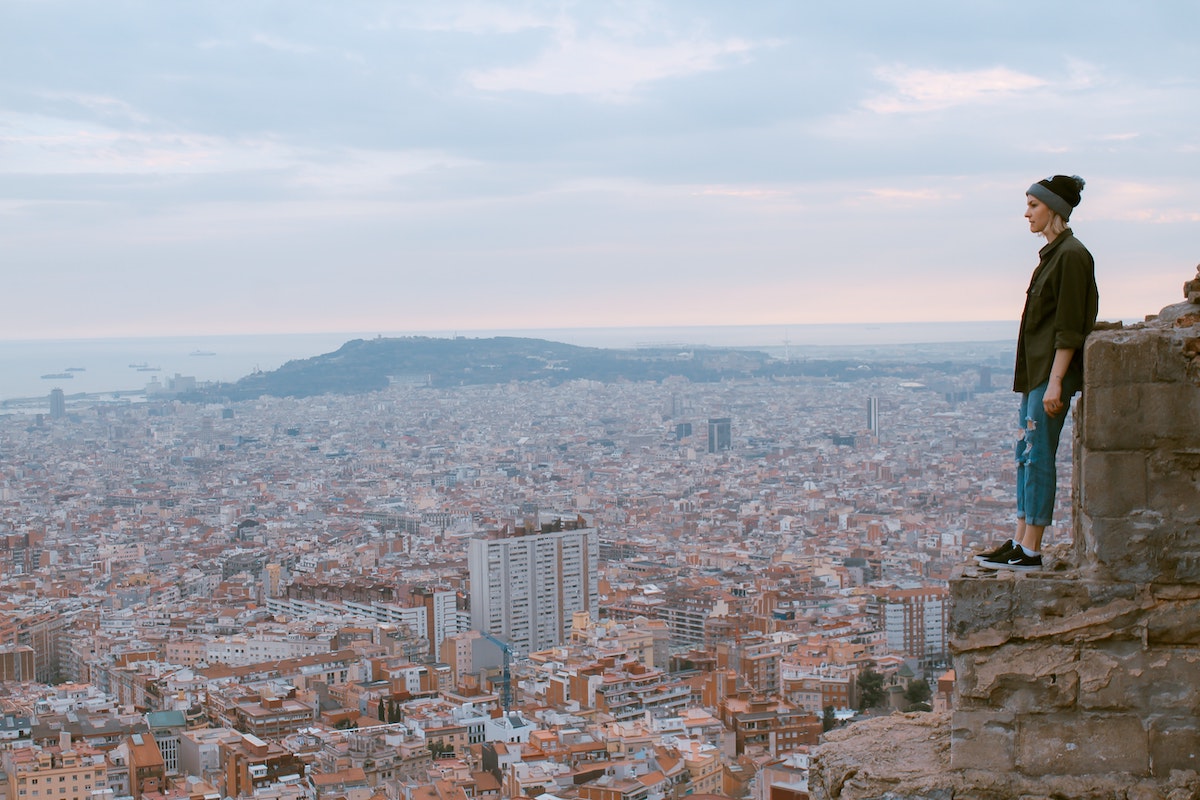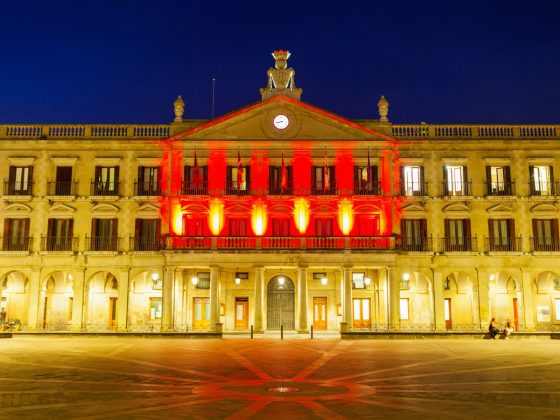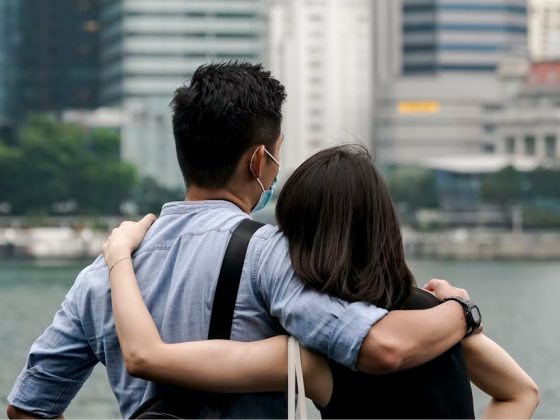At a glimpse, our cities may seem like they cater to everyone. Taking a closer look, however, would reveal that a lot of our cities are built by and at the same time built for men.
With more than half our world’s population living in urban areas, it is becoming more important for us to ensure that inclusivity is embedded in the DNA of cities. One way of doing so is by making sure that city spaces are made with everyone’s needs into consideration.
How can we design women-friendly cities? The answer is as simple as including them in the process of city designing: taking in their opinions and destroying the male-centric nature of city planning by integrating women in every phase of development.

Case Study: Barcelona
While there’s no city in the world yet that can be considered truly women-friendly, there’s one which comes real close: Barcelona.
Barcelona is currently led by Mayor Ada Colau, who is the first female mayor of the city. Mayor Colau is a strong advocate of gender equality. Even the physical structure of the city is being reimagined to be gender inclusive.
In a BBC report, women urban planners introduced six ways that Barcelona is being shaped to be more women-friendly.
Better toilets
In terms of physiology, women have the need to go to the bathroom more than men. This is because of their shorter urethras. However, in a lot of cities, public bathrooms are small and there is little to no amenities that can be availed to cater to women’s needs. When mothers who are with their children go to the bathroom, there are times that they cannot even get the strollers in, so the tendency is they do not use bathrooms completely.
With this, spaces for women are planned to be about three times bigger than that of a men’s bathroom, in order to accommodate all the needs women might have.
Inclusive playgrounds
The city designers of Equal Saree have noticed that playgrounds in Barcelona are just huge empty spaces surrounded by benches so that everyone can watch a single, central activity. Typically, this happens to be football. While young girls might want to partake in football, some don’t.
In order to make playgrounds inclusive, they partitioned the playground into segments which features different kinds of activities ranging from slides to monkey bars. Of course, this caters not only to the diverse preferences of young girls but also young boys when playing.
The way she moves
The city planners of Barcelona noticed that women tend to walk more than men. Men tend to use cars as transport. This means their movements are more sustainable. That’s why they also recommended that cities should take into account the needs of women in public transport.
Superblocks
In order to reclaim the car-dominated streets, Barcelona also started an initiative known as Superblocks. Simply put, a 3×3 cluster of city blocks are closed off from traffic. Within these superblocks, pedestrians and cyclists are free to roam around.
Seating systems
In order to improve these Superblocks, city planners also asked the citizens what they want to place within. The resounding answer would be benches. These benches serve not only as avenues for social interactions but also key ingredients to improve city mobility.
Anti-sleaze
Being a party city, Barcelona is quite risky for women who might be attacked by aggressors. In order to solve this, the city hall released an app that will allow anonymous reporting of sexual aggression cases. This way, a heat map can be created from the data and the city can identify which areas to protect better.
“Fundamentally, planning and design need to consider accessibility, to be welcoming and useful to the entire community. This is important if we want communities to own, look after and celebrate their shared spaces.” According to City Strategy and Planning Australasia Associate, Georgia Vitale.










